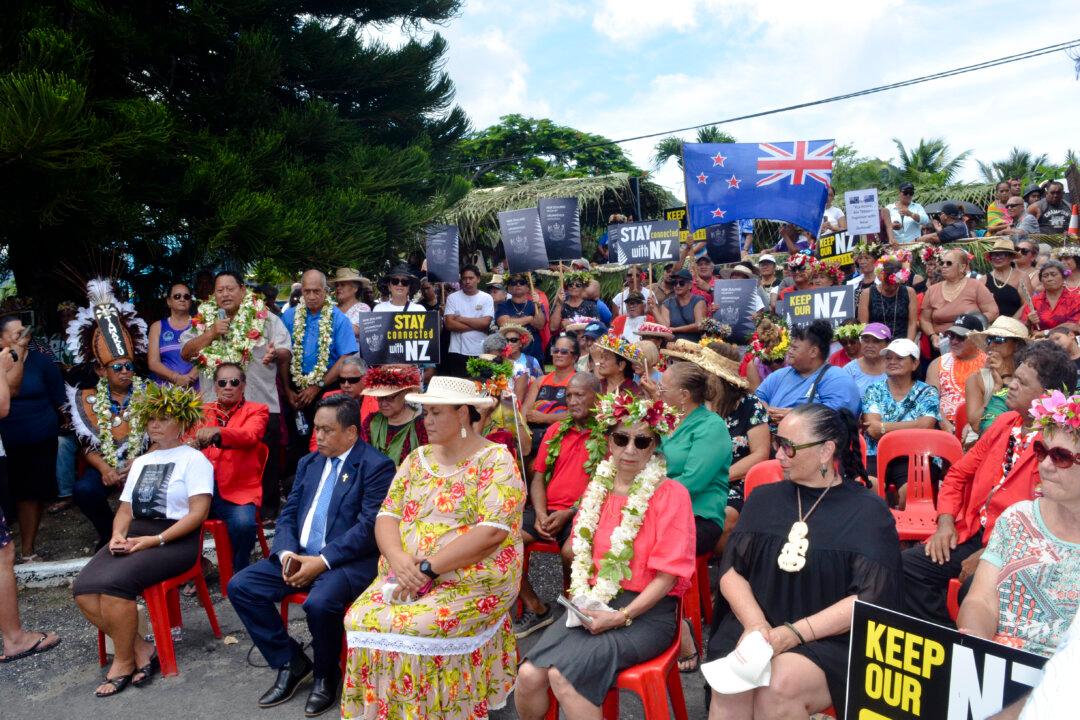“Maintenance of peace and tranquility on LAC [line of actual control] is essential to carry forward the development of these relationships,” a source in the Indian government told The Epoch Times.
“We conveyed that recent incidents in eastern Ladakh have inevitably impacted the development of bilateral relations. Therefore, an urgent resolution is in the interest of both countries,” the official said, adding that since 1976, when the nations resumed their bilateral relations, peace on the border was essential for developing the relationship.





